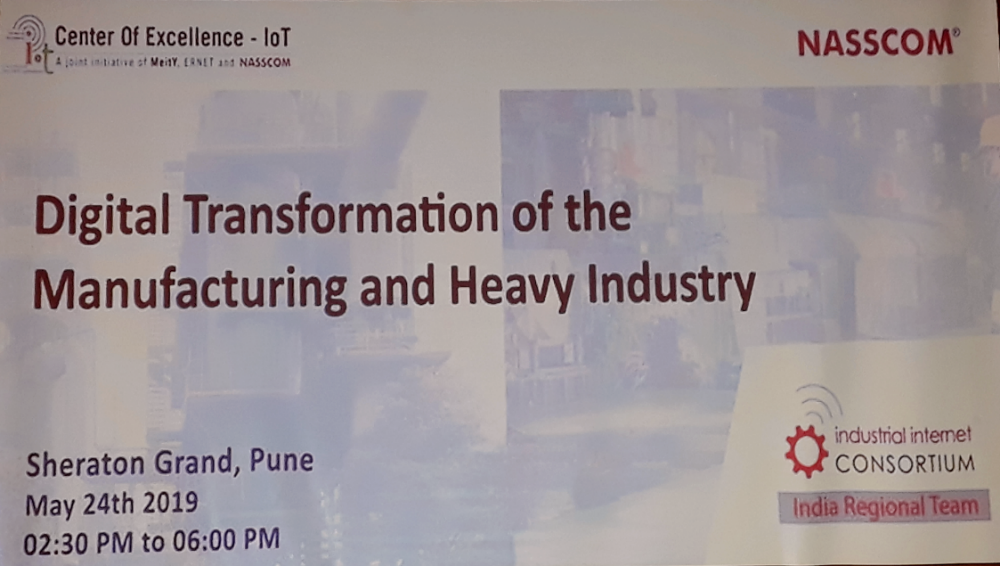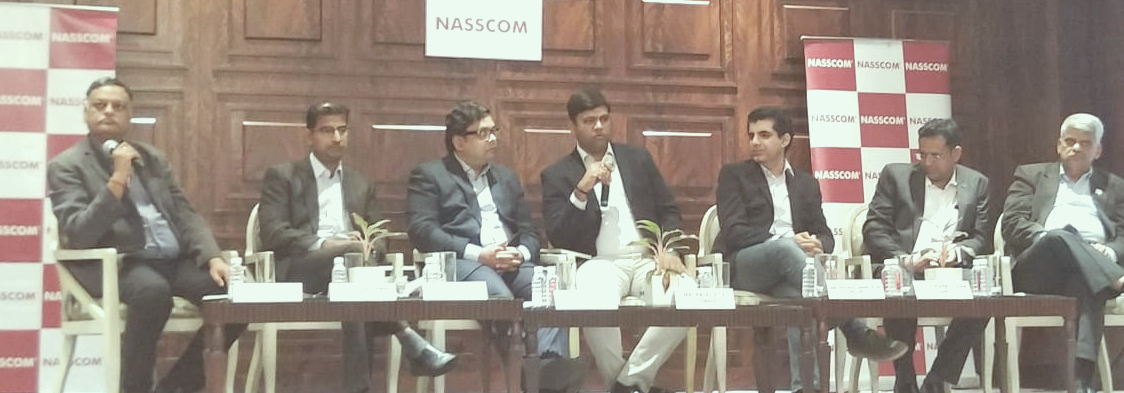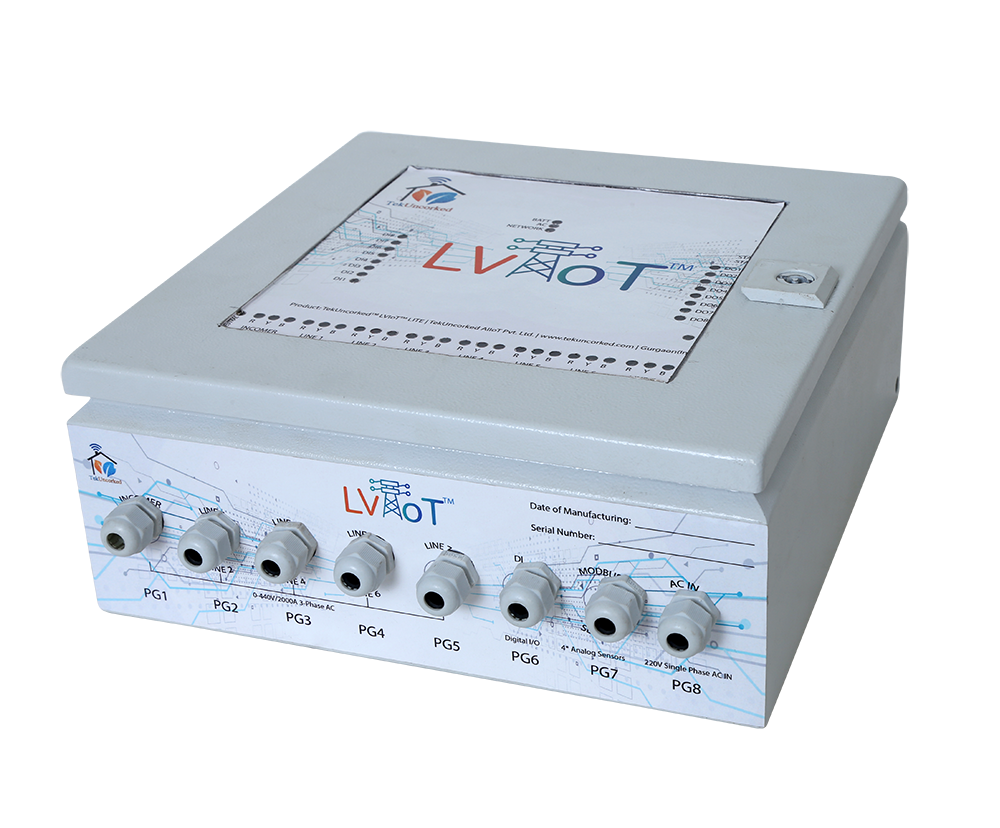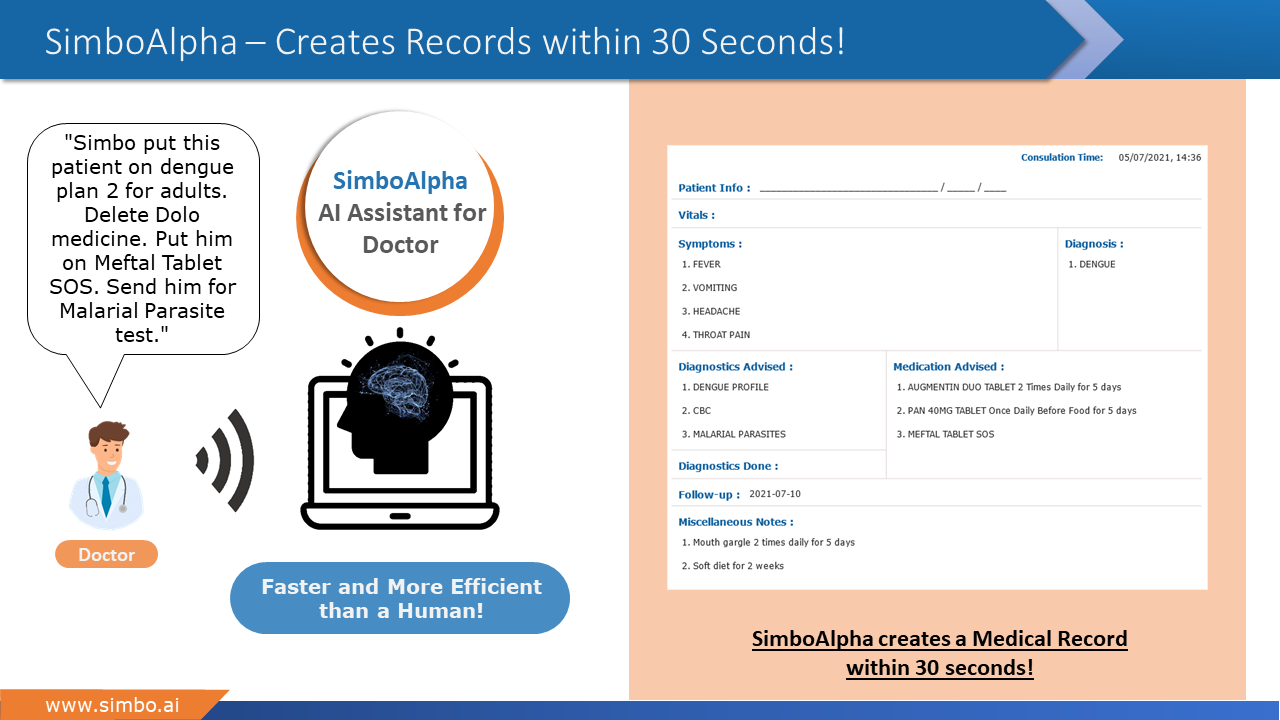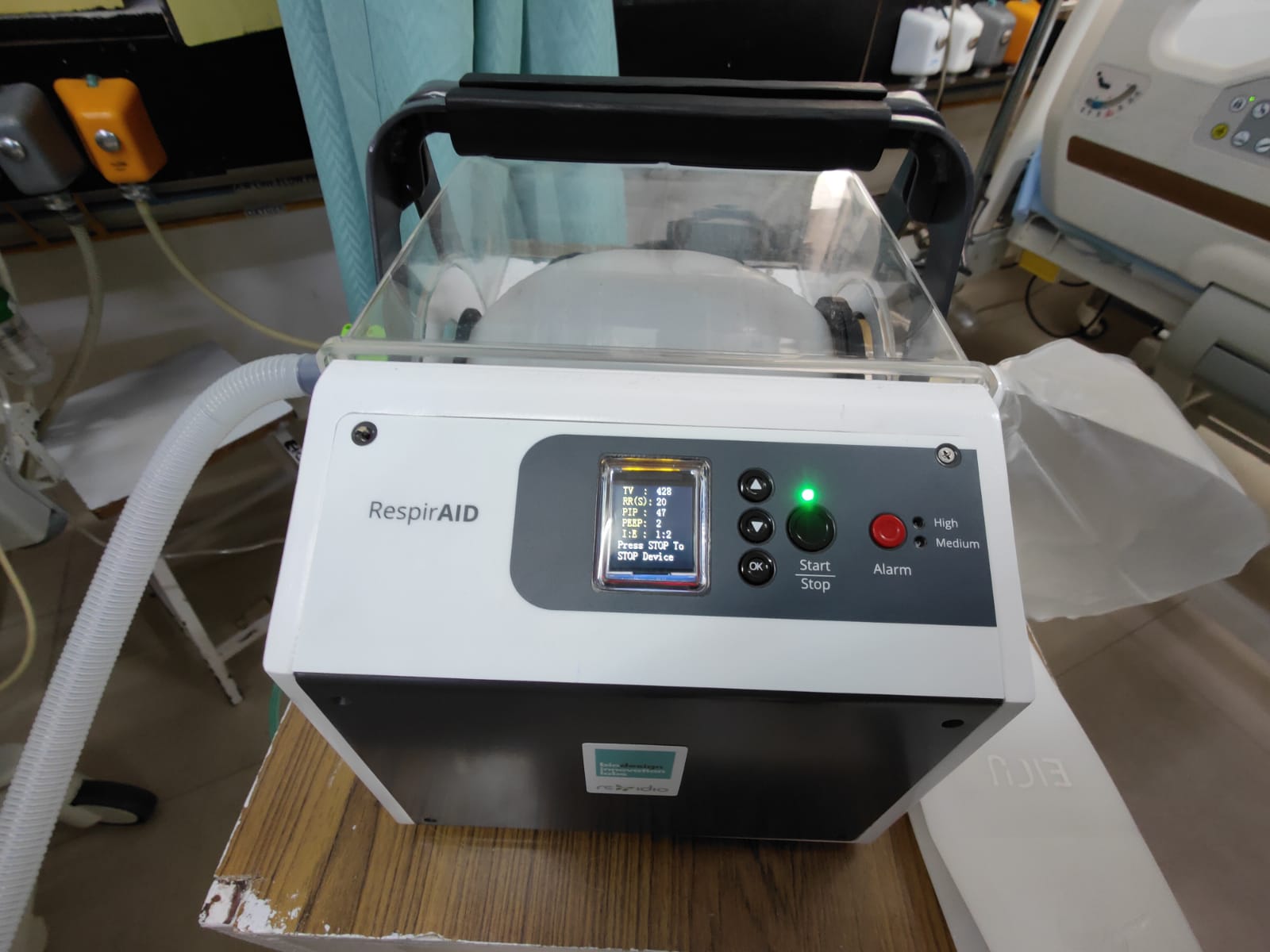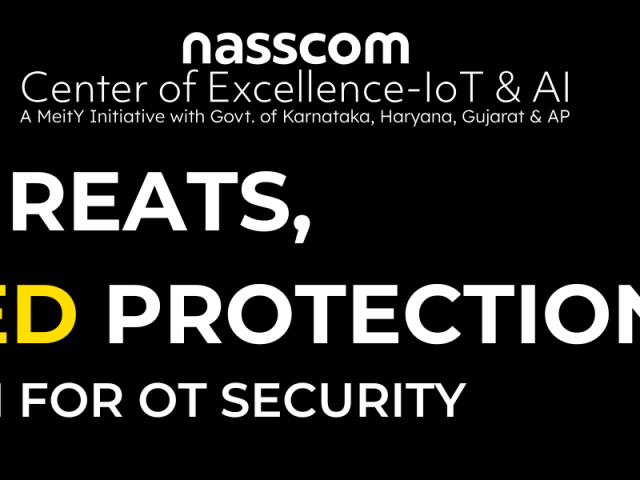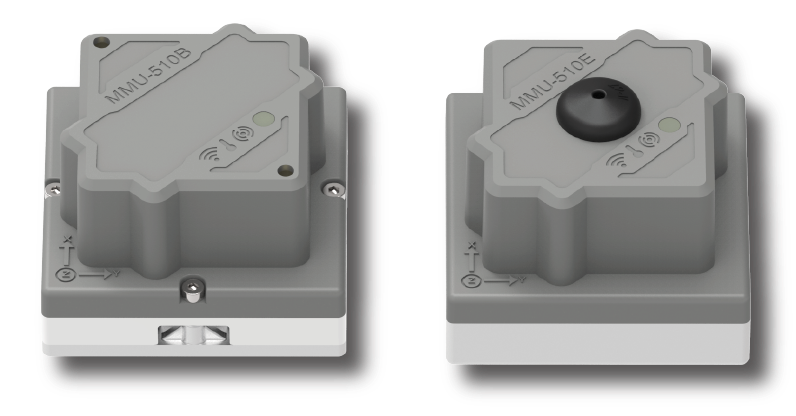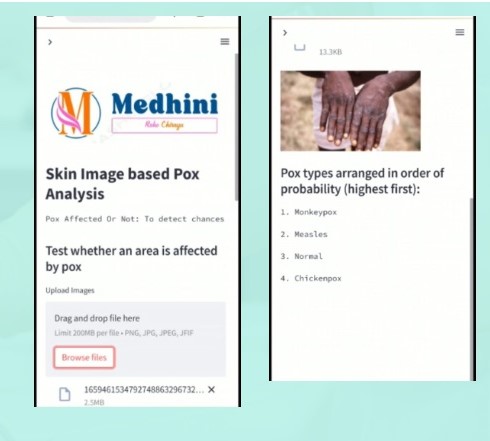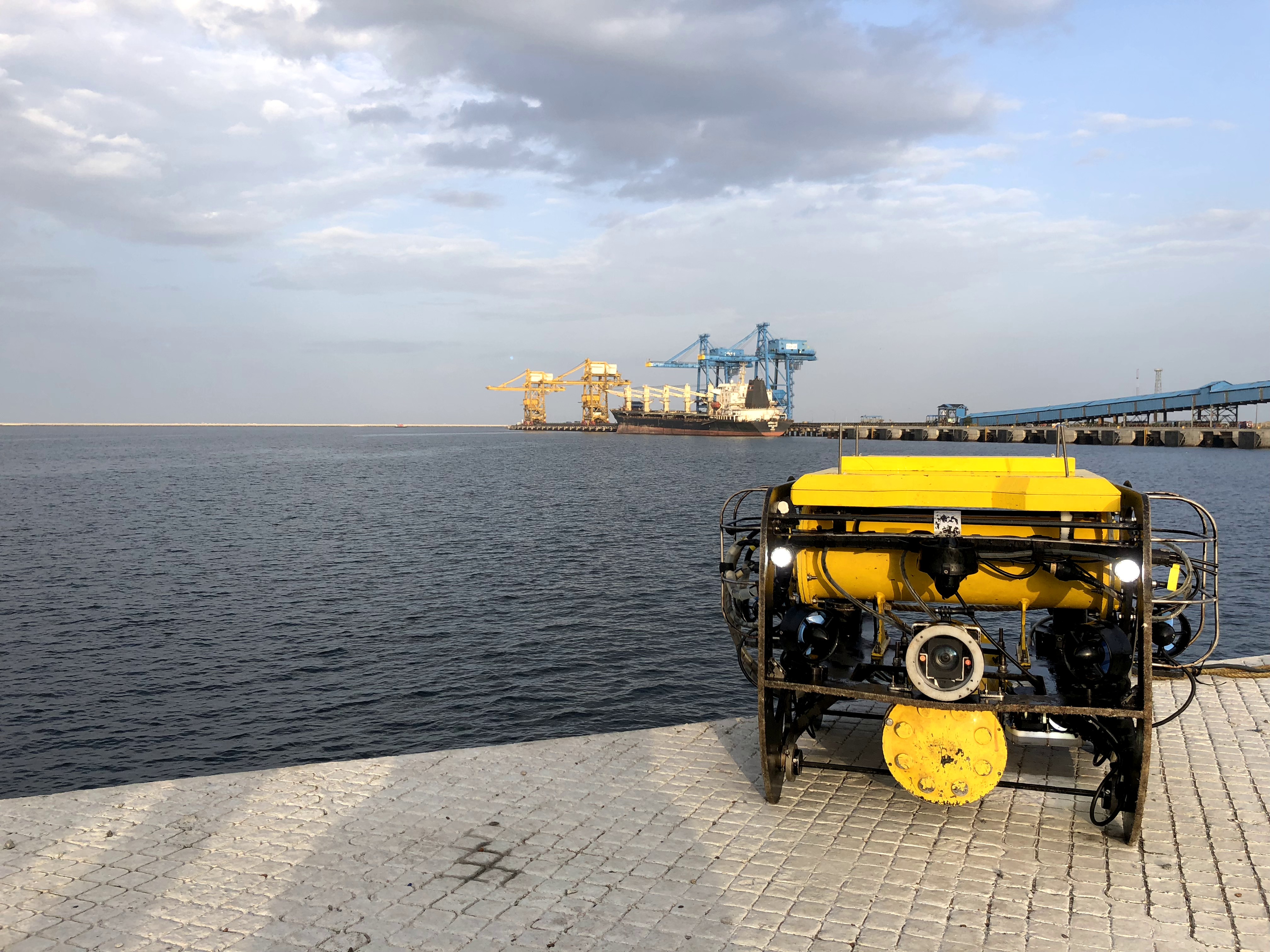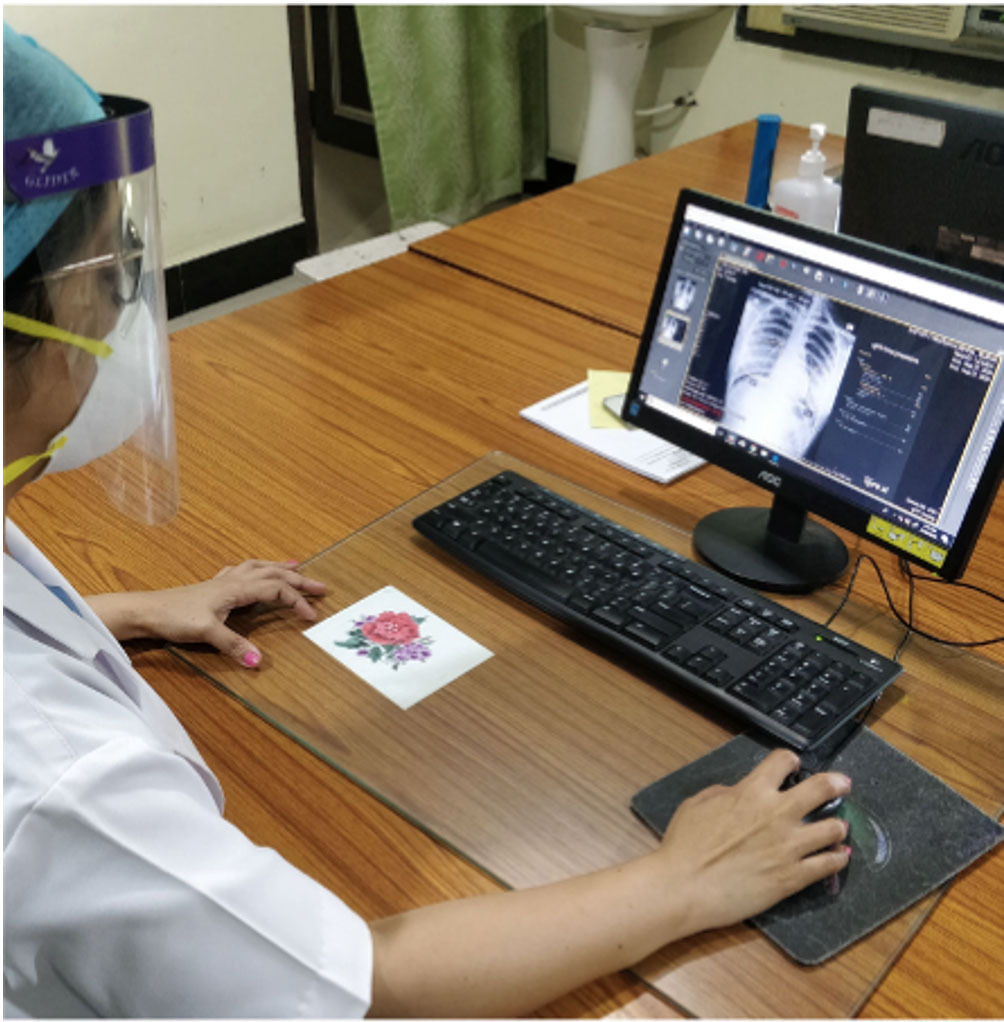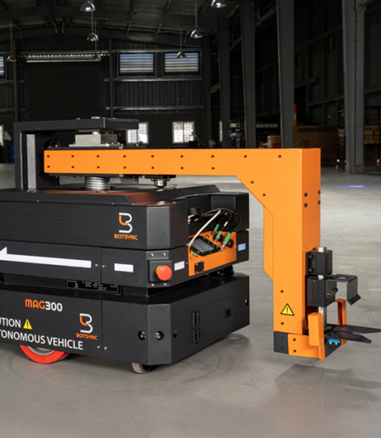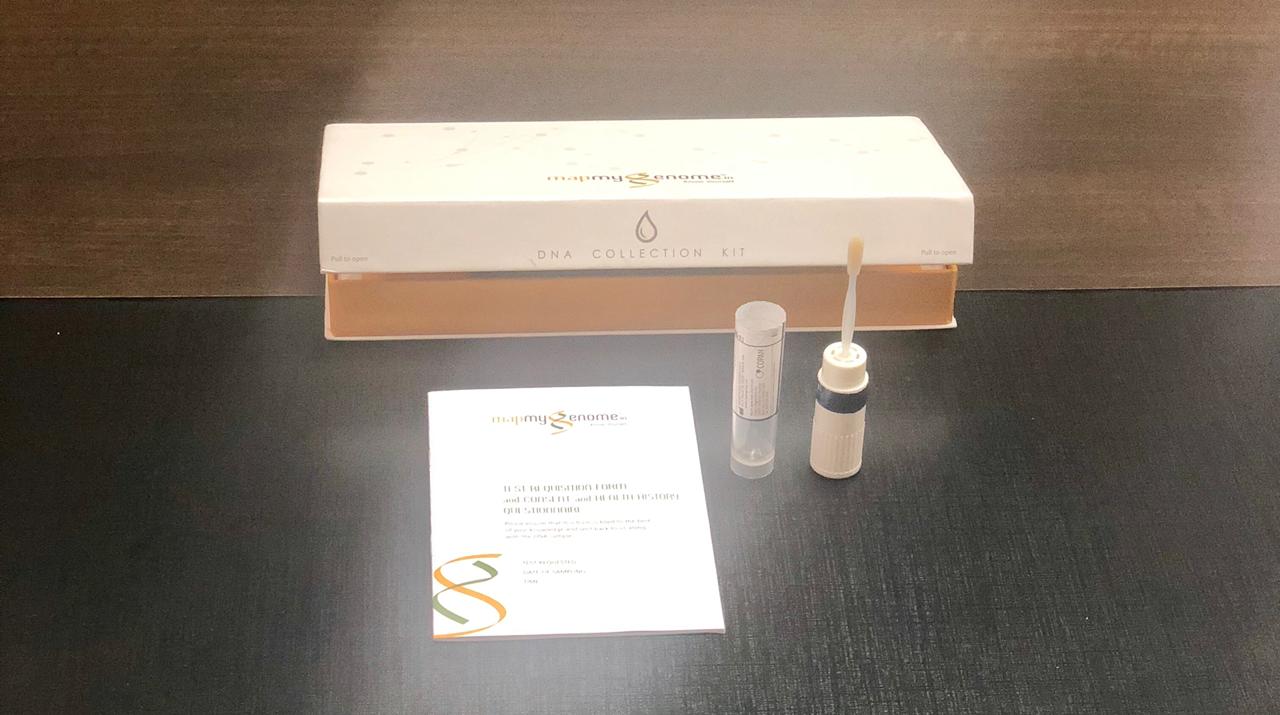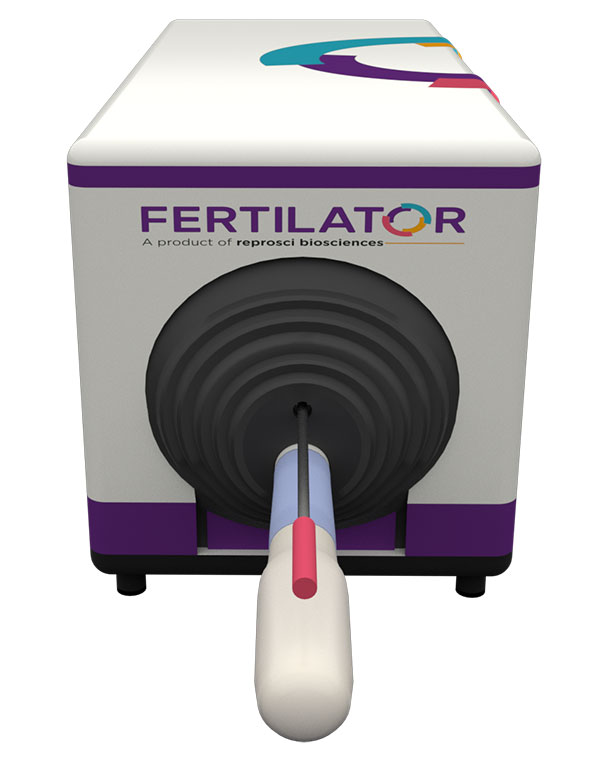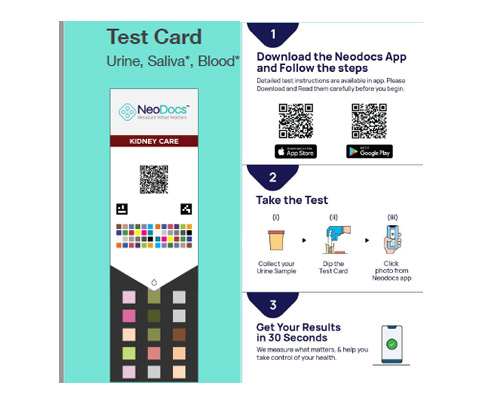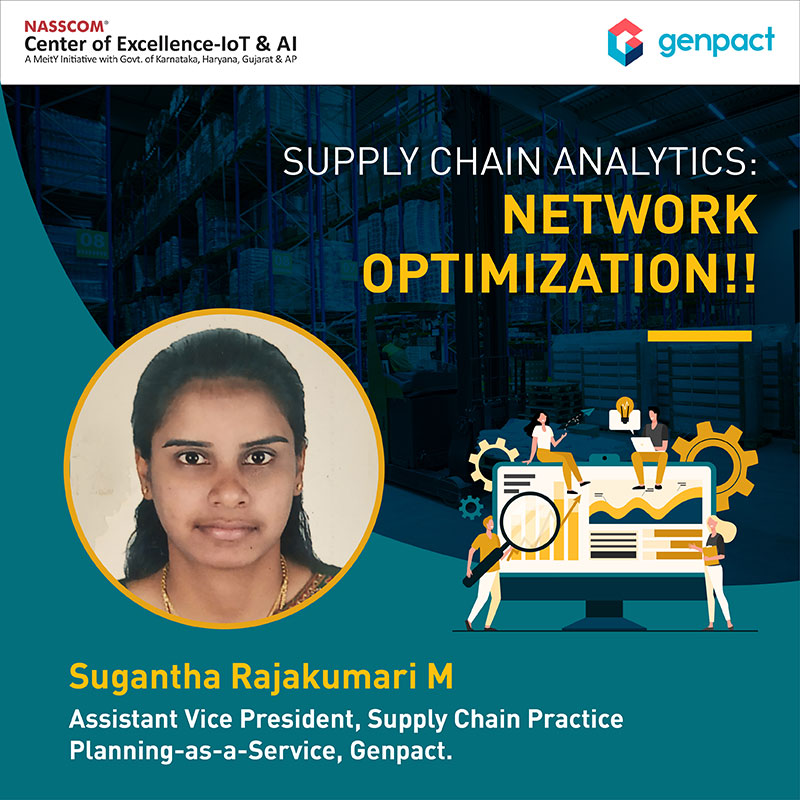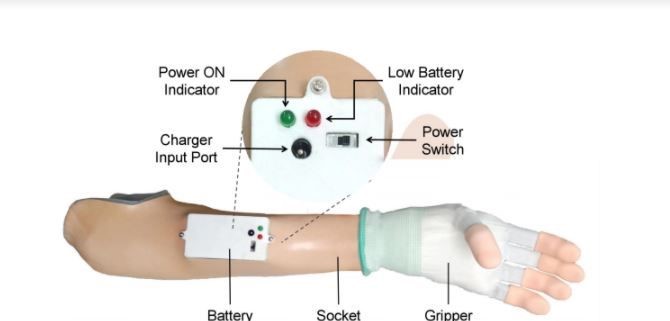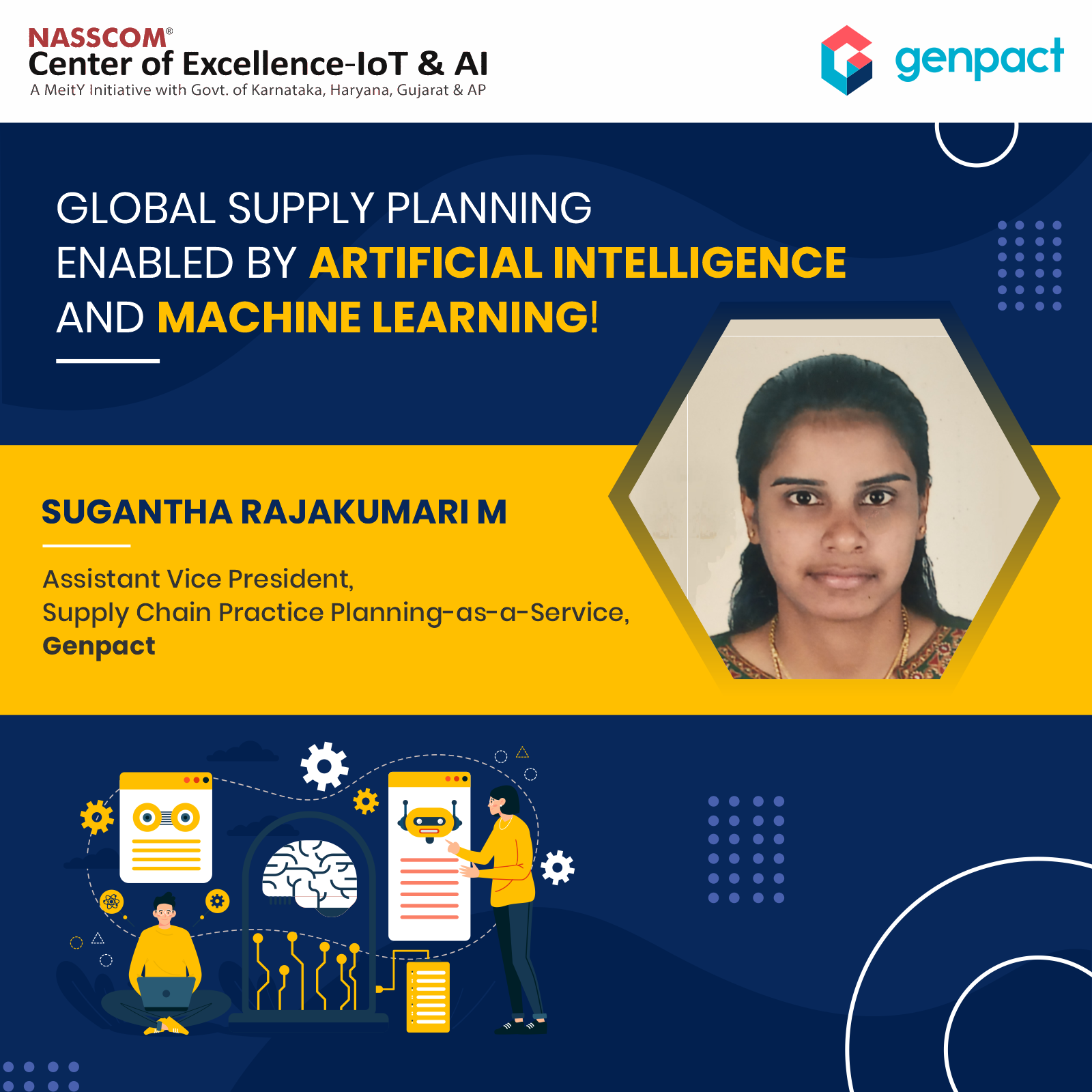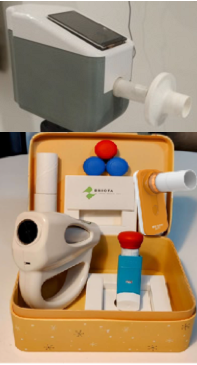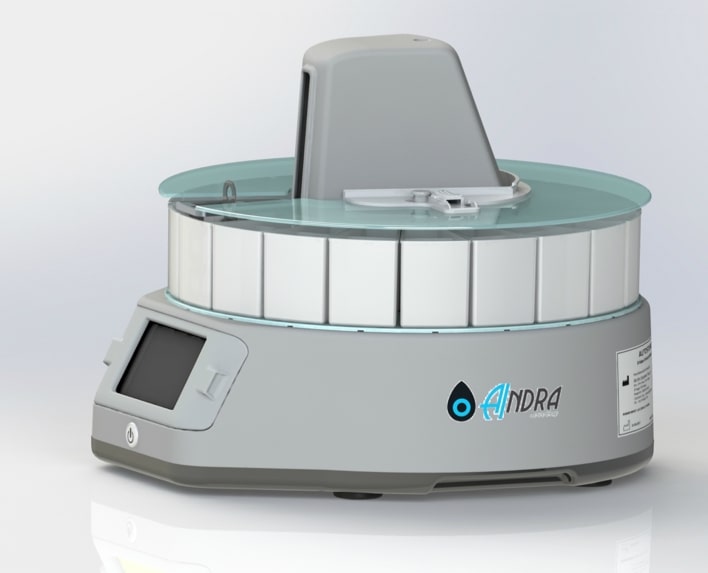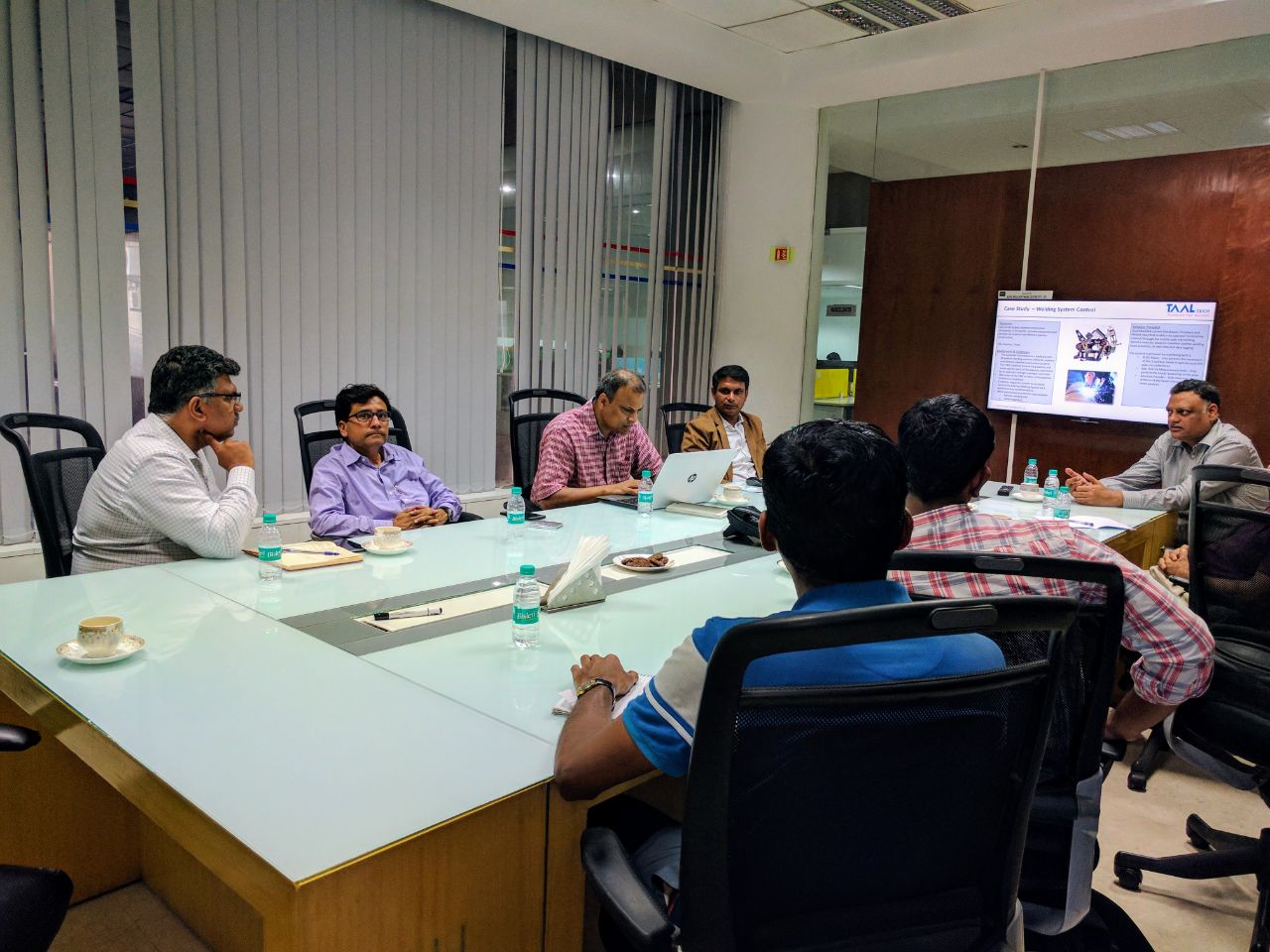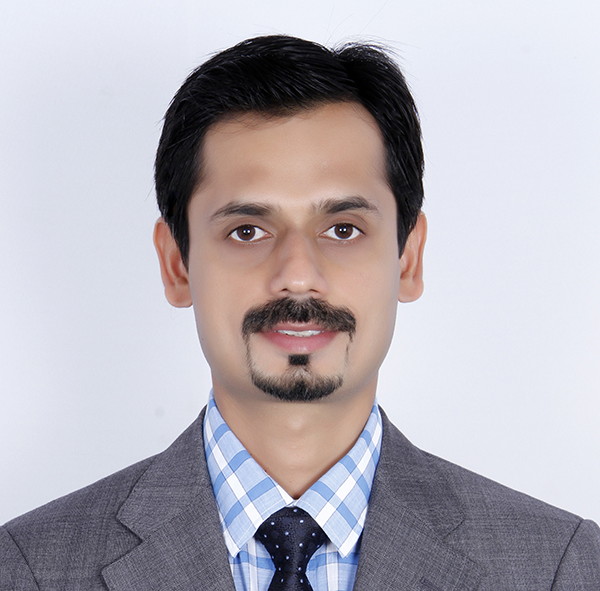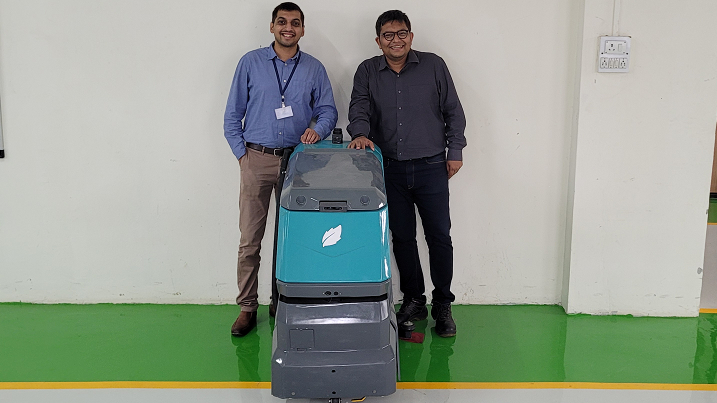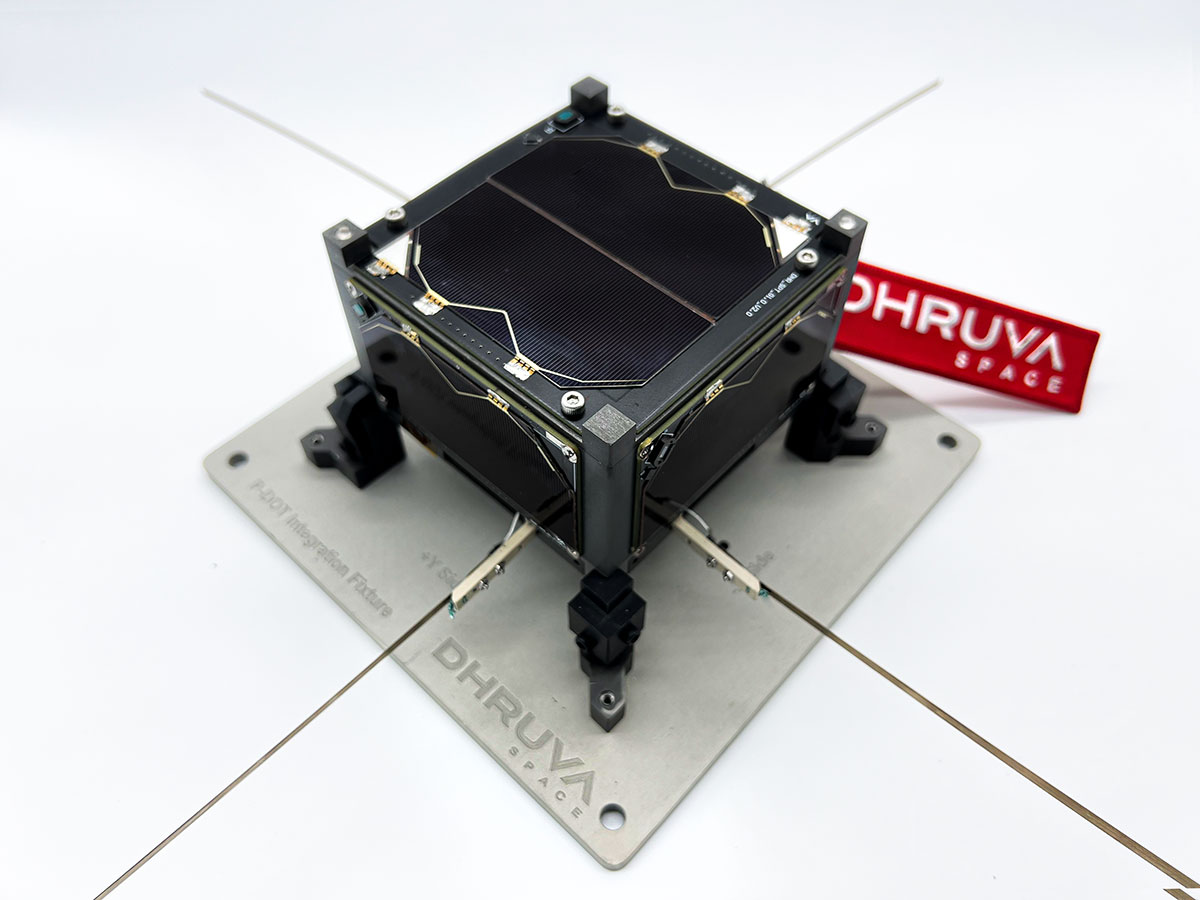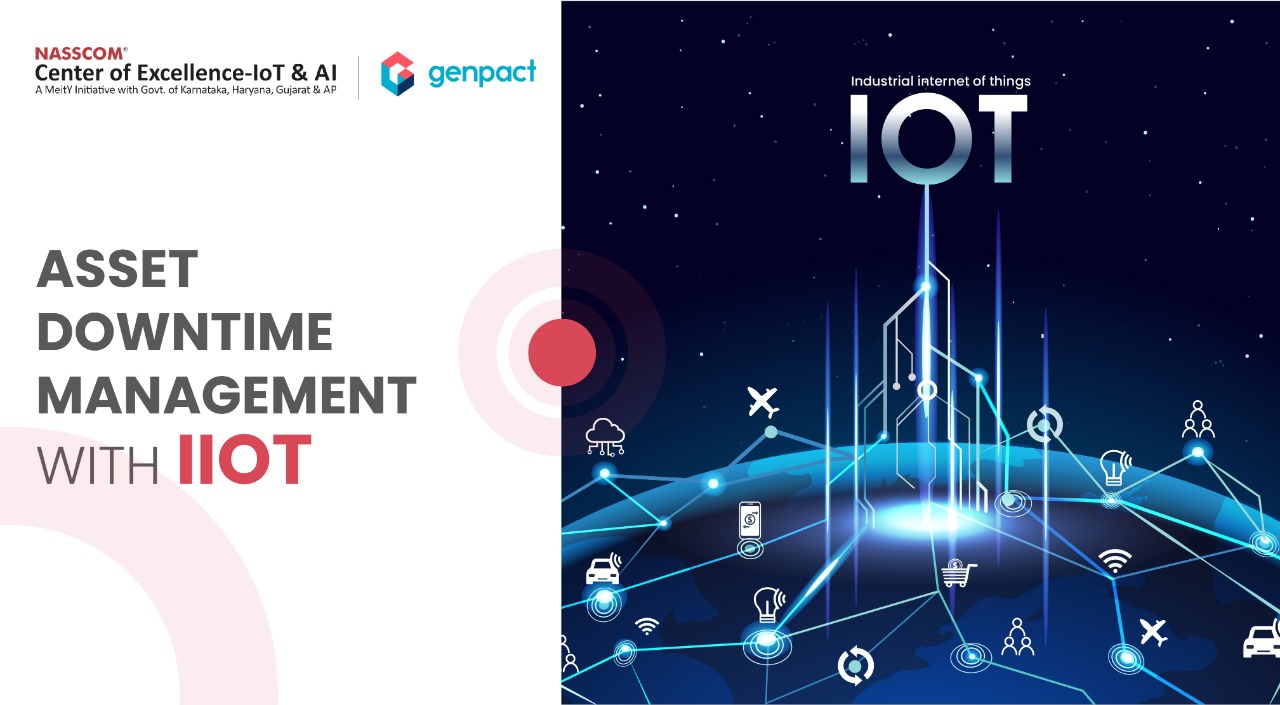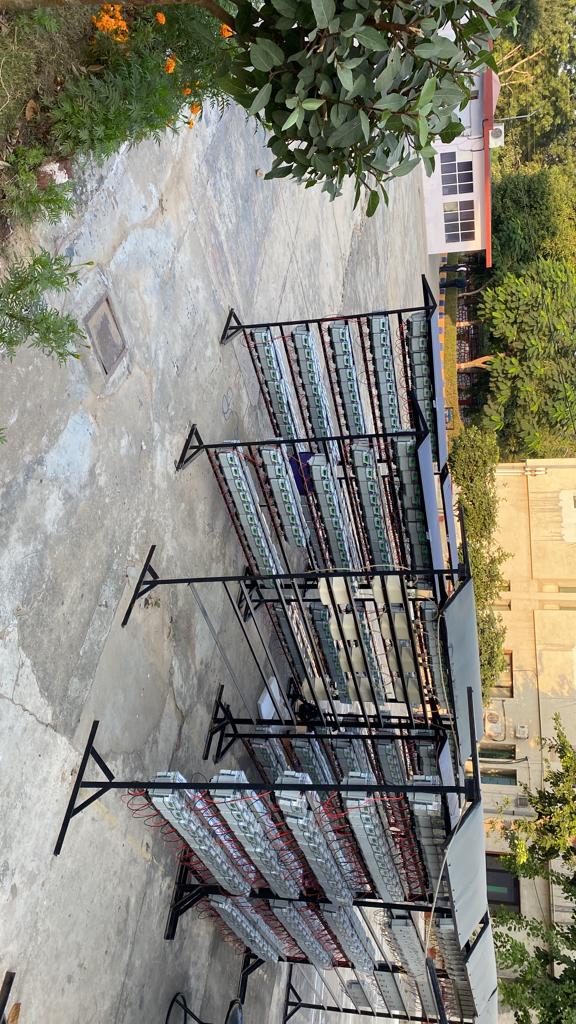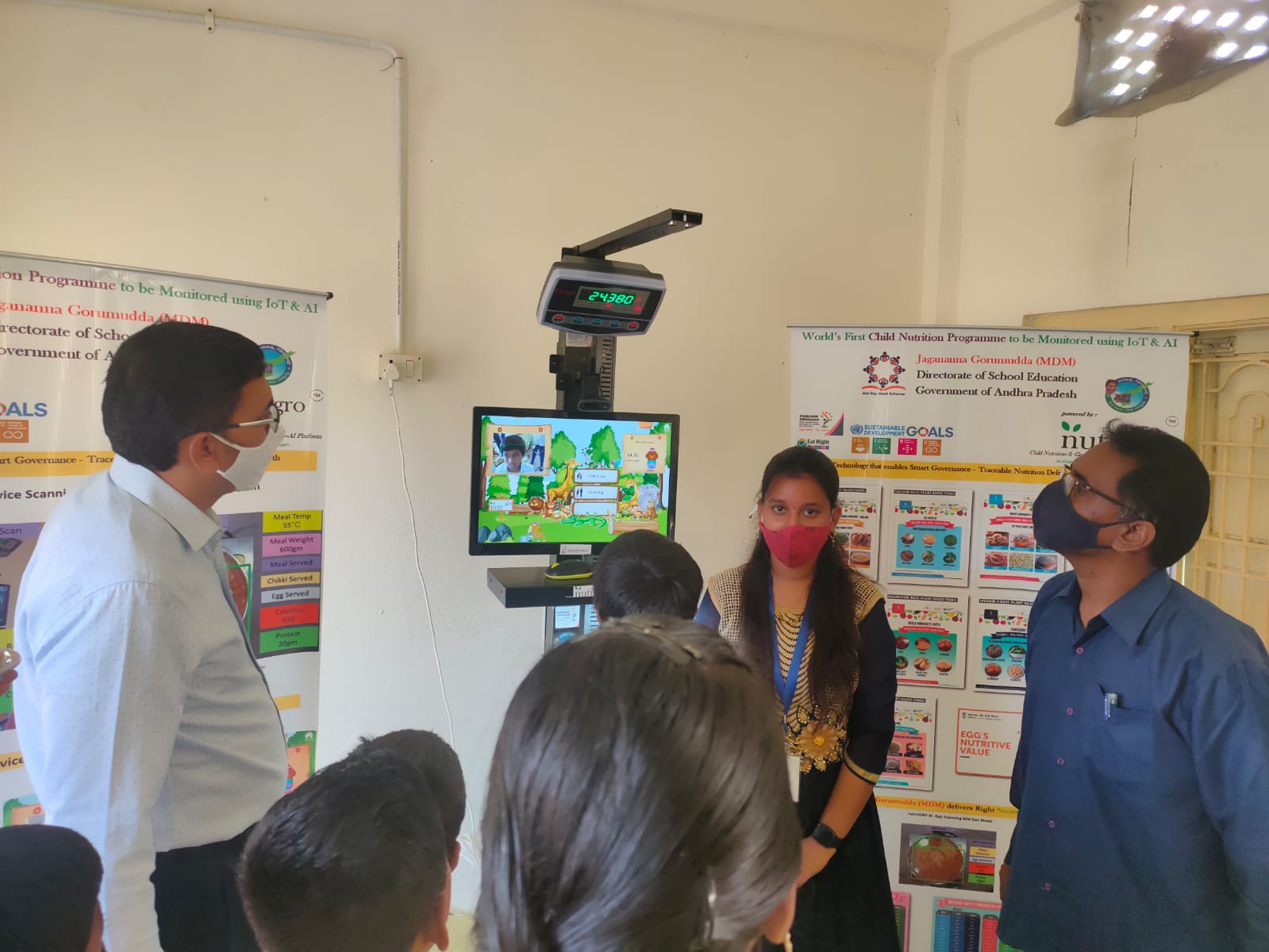Pune: The combination of advanced manufacturing process and diverse digital technologies continues to proliferate digital transformation of manufacturing enterprises in India, but at the same time it experiences setback and resistance to the adoption. The wireless communications, internet, innovative solutions, and predictive maintenance allows manufacturing industries to benefit from lower adoption costs and increased productivity and efficiency.
The ‘Digital Transformation of the Manufacturing and Heavy Industry’ conference jointly organized by NASSCOM & IIC was held on May 24, 2019 at Sheraton Grand Hotel, in Pune. The objective of the conference was to highlight the impact by creating an ecosystem of technology players, manufacturing enterprises and innovative start-ups.
Dr. Ganesh Natrajan, 5FWorld, Chairman, shared his insight about intelligent factory operations, demand forecasting, intelligent data security solutions and predictive maintenance. He discussed several case studies from Siemens on intelligent gas turbines, GE Aviation – digital twins for predictive maintenance and Jabil predictive factories. Various key factors which could influence the adoption of and define the roadmap of Industry 4.0 in the Indian manufacturing industry were discussed.
Dr. Manoj Athawe, Cummins Group, delivered the keynote session where he discussed the IoT telematics ecosystem and its future in the automotive industry. Dr. Athawe also shared his views on the smart grid battery charging stations and how it could be leveraged to promote renewable energy resources.
Dr. Kiran Bala, SKF, said that the changing employment landscape and key challenges of leadership, workforce skill gap and infrastructure imperative are being faced by every industry. She also stressed on various skills imperative – both digital and cross-functional in nature to be adopted by manufacturing firms in taking a step forward.
During the session three solution providers shared their experience with different solutions that they have deployed and how it benefited the users.
The Altizon team spoke about how they investigate defective manufacturing practices and flawed quality control in their customer operations. The team works on the cause and effect analysis using several 5S quality tools such as Ishikawa diagram to deal with process genealogy & map the complete value chain analysis.
In one of the case studies shared, Intellinet have reduced production time for many customers with the implementation of digital solutions by capturing date from different combination of sensors, PLC and serial interface. Many issues which Intellinet faced during implementation, increased involvement of foot soldiers, addressing maintenance related queries and adopting continual improvement processes to it by appointing local champions on the shop floor and operations and maintenance representative per machine type.
Entrib team identified the challenges faced by one of the automotive two-wheeler OEM. The OEM faced challenges like missing insights on quality improvement, uncontrollable utility costs and limited process monitoring and visibility. The team worked on complete digitalization of the paint shop and various operations with generation of a digital dashboard. The solution generated meaningful insight along with analysis of each process with basic predictive alerts.

